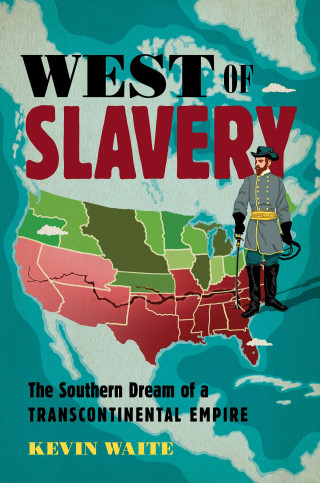Early travelers to the American West encountered unfree people nearly everywhere they went: on ranches and farmsteads, in mines and private homes, and even on the open market, bartered like any other tradable good. Unlike on southern plantations, these men, women, and children weren’t primarily African American; most were Native American. Tens of thousands of Indigenous people labored in bondage across the western United States in the mid-19th century.
Despite the debilitating and long-lasting effects on numerous Native communities, the bondage of Indigenous people has largely escaped the ongoing dialogue about American slavery and its legacies. Perhaps that’s because Native American bondage took various forms—convict leasing, debt peonage, child servitude, captive trading—making it difficult to classify, especially when compared with the multigenerational and brutally systematized chattel slavery of the South. Evidence of Indigenous slavery is harder to find too. Many Native people worked behind closed doors on remote frontiers rather than on large plantations under the full glare of the southern sun.
Yet this history—what the historian Andrés Reséndez has dubbed “the other slavery”—is crucial, especially as Americans interrogate the legacies of exploitation and question what’s owed and to whom. American slavery wasn’t the “peculiar institution” of the South alone; it was a transcontinental regime. And a diverse range of people was caught in its cruel embrace.
Neither Europeans nor Anglo-Americans invented the institution of Indigenous slavery in what eventually became the U.S. Southwest. Long before white colonists first appeared, the raiding of rival tribes and the trading of their captives had been central to the Native American political economy in the region.
White colonists accelerated and expanded that commerce. Spain’s lucrative silver-mining ventures in colonial Mexico consumed both Black and Indigenous slaves. Meanwhile, the Franciscan priests of Spanish California’s mission system, established in the late 1700s, forced Native people to work church lands or face severe beatings. When the United States seized more than half a million square miles of western territory from Mexico in 1848, American colonists adopted Indigenous servitude and the profits it generated.
One year later, thousands of aspiring miners began rushing toward California’s gold country—and toward Native homelands. Slave hunters raided Indigenous communities and carted their captives to gold-digging sites. There, miners bought, sold, and killed California Indians with impunity. The Gold Rush marked the beginning of what modern historians rightly regard as a genocide of California Indians, in which the Indigenous population plummeted from about 150,000 in the late 1840s to 30,000 roughly two decades later.
